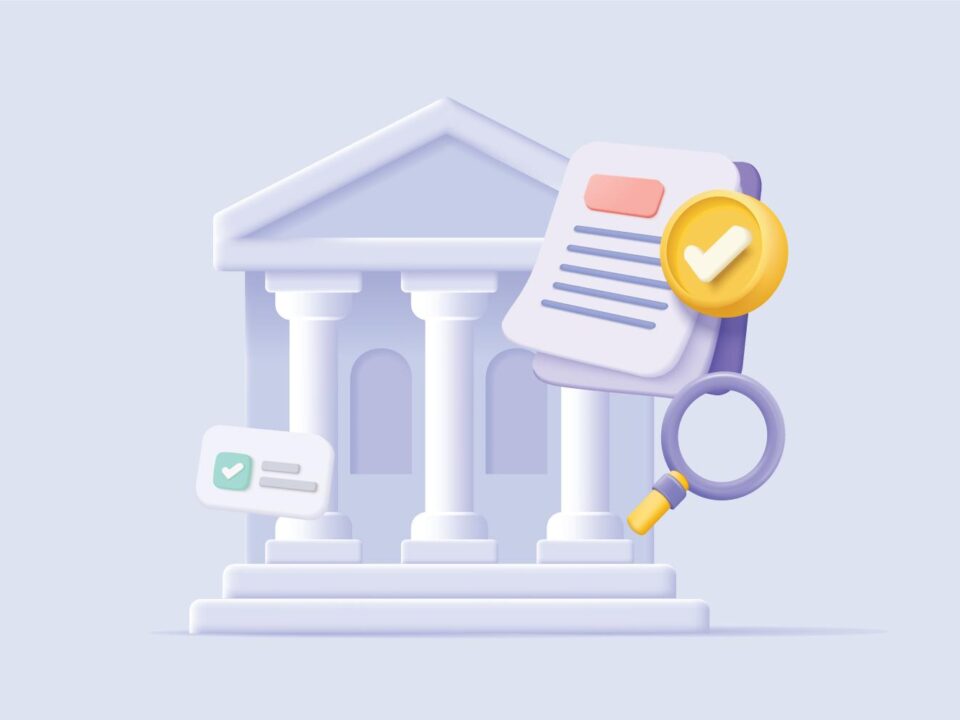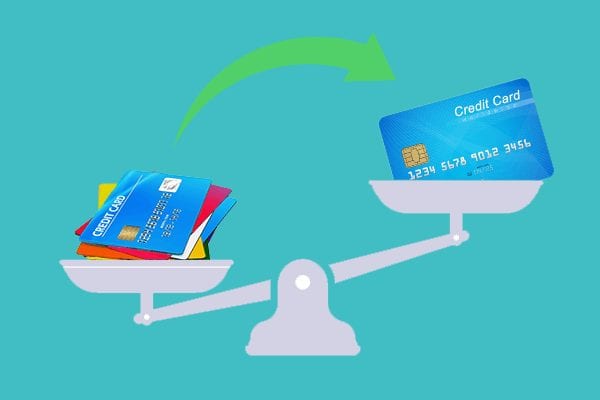Escalating IRS tax bills are a stressful reality for millions of Americans in 2025, but taxpayers aren’t powerless against mounting interest, penalties, and collection threats. IRS Tax Debt Relief Programs offer several paths for reducing, managing, or even settling tax obligations for less than owed, providing hope and a financial lifeline for individuals and small businesses. This expert guide provides deep insights into relief mechanisms, step-by-step strategies, and professional advice—so anyone facing federal tax debt can approach settlement with confidence and clarity.
Understanding IRS Tax Debt Relief
Tax debt isn’t always the result of bad decisions. Job loss, medical emergencies, fluctuating self-employment income, or simple mistakes on tax returns cause tax balances to balloon. In 2025, inflation, economic volatility, and evolving tax laws are driving even more taxpayers into IRS collections. The IRS recognizes these challenges and has refined its tax relief programs to be more accessible, transparent, and flexible, especially through the continuation of its Fresh Start Program.
Major IRS Tax Debt Relief Programs
- Installment Agreements: Allow taxpayers to spread IRS debt over manageable monthly payments.
- Offer in Compromise (OIC): Possibility to settle for less than the full tax bill if payment would cause financial hardship.
- Currently Not Collectible (CNC) Status: The IRS pauses collections when repayment threatens basic living expenses.
- Penalty Abatement: Requests to reduce or remove IRS late-payment and filing penalties.
- Tax Lien Withdrawal: Qualifying taxpayers can request removal of public IRS liens.
The right avenue depends on total debt, income, ability to pay, and the taxpayer’s current financial profile.
IRS Fresh Start Program in 2025
What’s New?
The Fresh Start Program is the IRS’s flagship initiative for individuals and small businesses struggling with federal tax debt. Launched in 2011, it’s updated annually, with enhancements in 2025 including:
- Higher Lien Thresholds: IRS won’t generally file federal tax liens until debt exceeds $10,000.
- Faster, Streamlined Agreements: Online applications and digital asset disclosure make resolutions quicker and easier.
- Expanded Relief for Self-Employed: Flexible repayment and easier qualification for those with fluctuating or reduced income.
Main Relief Solutions Under Fresh Start
- Installment Agreements
- Types: Short-term (<180 days), long-term (36–72 months), and streamlined options for debts up to $50,000.
- Partial Payment Installment Agreements: Debt isn’t paid in full—IRS settles for what the taxpayer can reasonably afford monthly.
- Advantages: No wage garnishment or bank levies while compliant with the agreement; fast online setup; flexibility to adjust payments as circumstances change.
- Who Qualifies: Most taxpayers, especially with debt under $50,000.
- Offer in Compromise (OIC)
- Settle tax debt for less than owed by demonstrating that full payment is not possible without severe hardship.
- Requires detailed disclosure (Forms 433-A/B/F, Form 656) and supporting evidence.
- Eligibility pre-qualification now done online for 2025.
- Example: Tax debt of $25,000 may be settled for $8,000 or less if the IRS determines inability to pay in full.
- Currently Not Collectible Status
- Temporary reprieve from IRS collections when repayment would disrupt basic needs.
- IRS pauses liens and levies, but penalties and interest may continue to accrue.
- Penalty Abatement
- First-time abatement and reasonable cause relief for penalties related to late filing, late payment, and failure to deposit taxes.
- Requires solid documentation and a written explanation.
- Tax Lien Withdrawal
- IRS may withdraw public liens for eligible taxpayers who reduce balances owed below certain thresholds.
Step-By-Step: Applying for Tax Debt Relief
- Financial Assessment
The IRS reviews all sources of income, assets (including digital), living expenses, and liabilities. The taxpayer’s financial reality drives eligibility for each program.
- Filing Compliance
All tax returns must be filed (even if unpaid) before the IRS considers relief, so get up-to-date first.
- Selecting the Best Relief Option
- For stable income: Installment agreements provide structure.
- For financial hardship: OIC or Currently Not Collectible status may offer deeper relief.
- Penalties: Request abatement with supporting documents and written explanations.
- Submission and IRS Review
- Complete and submit required forms (e.g., Form 656 for OIC; Form 9465 for Installment Agreements).
- Include all financial disclosures.
- IRS review can take weeks to months, so anticipate delays—but 2025’s streamlined online tools are speeding up approvals.
- Decision and Next Steps
IRS accepts, rejects, or requests more information/modifications.
Upon approval, stick to payment terms or compliance conditions, or relief may be revoked.
Expert Strategies for Success in IRS Negotiations
Prepare In Advance
Gather all financial documentation: pay stubs, receipts, mortgage/rent, utility bills, medical payments, savings/investment statements, and prior IRS communications.
Be Honest and Proactive
Transparency is critical. Concealing income or assets can result in denial and stiffer penalties.
Consider Professional Help
- Tax Attorneys and CPAs: Professionals can negotiate with the IRS, prepare complex applications, and serve as a buffer against stress and procedural mistakes.
- Tax Relief Companies: These firms specialize in IRS negotiation, sometimes helping secure deeper settlements or payment plans. Ensure any company has a solid reputation, transparent fees, and clear terms before committing.
Respond Promptly to IRS Notices
Timely communication helps avoid liens, levies, or wage garnishments.
Use IRS Online Tools
The IRS offers online installment plan applications, OIC Pre-Qualifier tools, and digital asset disclosure features for 2025.
Avoiding Common Pitfalls
Ignoring IRS Notices
Failure to respond or act leads quickly to liens, levies, and escalated penalties. Always reply or seek help immediately.
DIY Mistakes
Errors on forms, missed deadlines, or misunderstanding eligibility sink many attempts at relief. Professional guidance can prevent costly mistakes.
Misleading Relief Companies
Some companies overpromise and charge hefty upfront fees. Research company credentials, client reviews, and FTC reports before paying for outside assistance.
Underestimating Documentation
IRS relief decisions are driven by paperwork—missing forms or incomplete financial disclosures often result in denial or costly delays.
Trends Shaping Tax Debt Relief in 2025
The IRS is investing in modernization and taxpayer service. Upcoming features and changes include:
- Digital-First Relief Applications: Streamlined, faster online submission for Installment Agreements and OICs.
- Expanded Eligibility for Self-Employed: More Americans qualify for payment plans and temporary relief.
- Higher Lien Thresholds: Debt triggers for IRS liens have gone up, protecting more taxpayers from public credit damage.
- Penalty Relief Programs: First-time abatement and expanded “reasonable cause” criteria.
- Agency Partnerships: Leading relief companies now offer financing options so taxpayers can pay for relief services in installments, widening access for those with poor credit.
When To Seek Professional Tax Relief Help
If tax debts are large, IRS notices escalate, or your financial situation is complex (multiple income streams, self-employment, prior IRS disputes), consult a tax attorney or CPA. These experts understand IRS algorithms and negotiating strategies, increasing odds of substantial relief.
- Choose firms with transparent fee structures and IRS negotiation expertise.
- Check reviews and consult the FTC’s consumer advice resources before engaging a firm.
IRS Settlement Outcomes: Realistic Expectations
Tax relief isn’t open-ended. The IRS expects taxpayers to pay what they can afford, and most settlements require ongoing compliance with future filings and payments. Abatement of penalties or partial forgiveness are within reach for many—but only if paperwork is flawless and deadlines are met.
Average settlement reduction rates vary based on the program, financial situation, and negotiation expertise:
- OIC applications have low acceptance rates but deep reductions; use the IRS OIC Pre-Qualifier Tool to assess eligibility.
- Installment Agreements are nearly automatic for debts under $50,000.
- Penalty abatement is more likely for those with documented good faith errors, not repeated noncompliance.
Frequently Asked Questions on Tax Debt Relief
Q: How long does IRS relief approval take in 2025?
- Online Installment Agreements: Immediate to several days.
- Offer in Compromise: 2–6 months depending on complexity and evidence.
Q: Does settling with the IRS hurt my credit?
- IRS tax liens do affect credit when filed, but higher thresholds now reduce the risk.
- Relief solutions like Installment Agreements or OIC, when successful, eliminate the burden without additional credit damage.
Q: What if I can’t afford any payment?
- Currently Not Collectible status might pause collections until financial health improves, but documentation is key.
Q: Can I negotiate IRS debt myself?
- Yes, but the process is loaded with paperwork, complexity, and potential pitfalls. Professional advisors or certified tax relief firms may help secure better outcomes.
Conclusion
Tax debt relief with the IRS is more accessible in 2025 than ever before—but successful settlement requires careful planning, full documentation, and timely action. Installment Agreements, Offers in Compromise, penalty abatements, and professional help all offer avenues for an affordable, manageable path out from under IRS debt. Whether tackling a mountain of back taxes or just facing a one-time mistake, proactive engagement and expert advice can help reclaim financial stability—and put tax worries in the rearview mirror.




